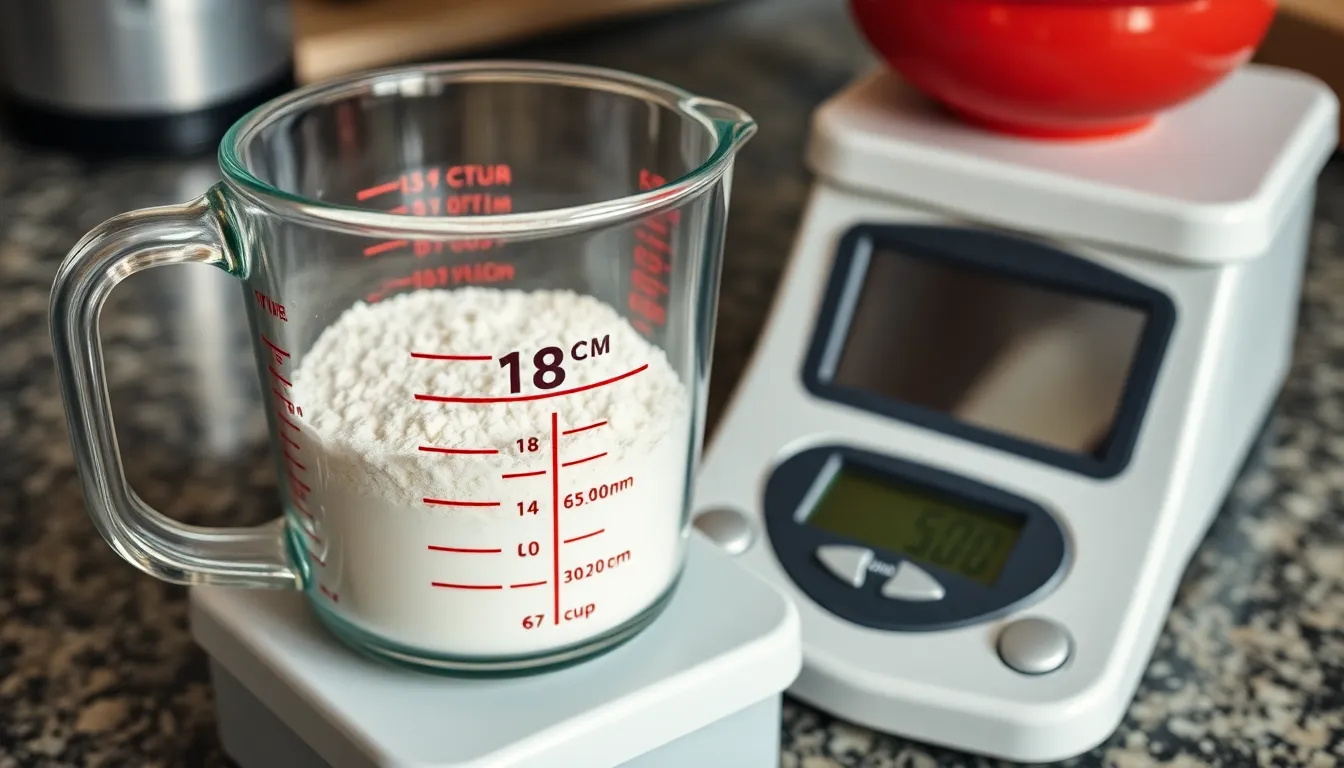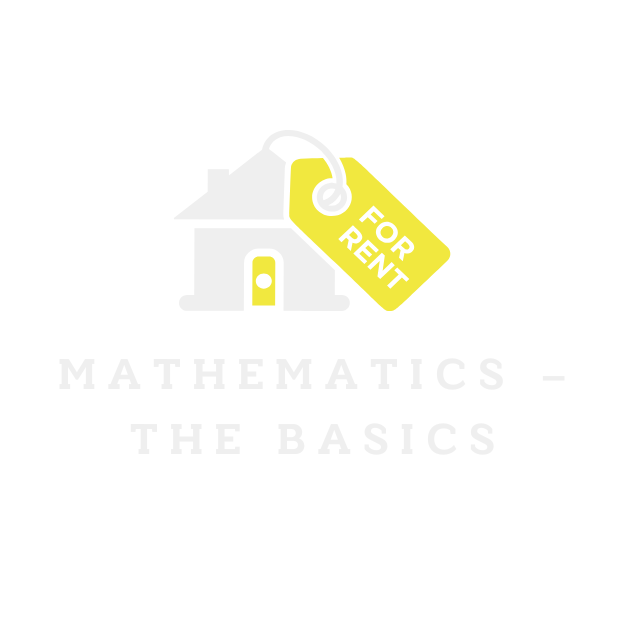When it comes to fractions, 1/8 might seem like a small slice of the pie, but it packs a punch in the world of decimals. Understanding how to convert this fraction can unlock a treasure trove of mathematical possibilities. Whether you’re baking a cake and need precise measurements or just trying to impress your friends with your math skills, knowing what 1/8 is in decimal form is a handy trick.
Table of Contents
ToggleUnderstanding Fractions
Fractions represent parts of a whole, serving as a fundamental concept in mathematics. The fraction 1/8, like other fractions, conveys a specific portion of one unit.
What Is a Fraction?
A fraction consists of two components: the numerator and the denominator. The numerator indicates how many parts are considered, while the denominator shows how many equal parts make up a whole. For example, in 1/8, the number one signifies one part, and eight denotes eight equal sections that make up an entire unit. Understanding fractions helps in performing arithmetic operations and enhances overall mathematical proficiency.
Types of Fractions
Several types of fractions exist, each with unique characteristics. Proper fractions contain numerators smaller than their denominators, as seen in 1/8. Improper fractions occur when the numerator equals or exceeds the denominator, such as 9/8. Mixed numbers combine whole numbers and fractions, for instance, 2 3/4. Understanding each type lays the foundation for advanced mathematical concepts and everyday applications, including cooking and budgeting.
Converting Fractions to Decimals

Converting fractions to decimals enhances comprehension in mathematics and everyday applications. This process involves dividing the numerator by the denominator, allowing for a clear transformation.
The Conversion Process
To convert a fraction into a decimal, divide the numerator by the denominator. For example, with the fraction 1/8, the conversion involves calculating 1 divided by 8. This results in 0.125, showcasing how simple arithmetic can unveil decimal equivalence for fractions.
Examples of Fraction to Decimal Conversion
Various fractions demonstrate the conversion process effectively. For instance, converting 1/4 results in 0.25, while 1/2 equals 0.5. Another example, 3/4, converts to 0.75. These examples illustrate how fractions yield distinct decimal values, emphasizing the significance of mastering this skill in practical scenarios, such as cooking or budgeting.
What Is 1/8 in Decimal?
The fraction 1/8 converts to the decimal 0.125. Understanding this conversion can prove beneficial in various situations, such as cooking and budgeting.
Calculating 1/8
Calculating 1/8 involves a simple division. The numerator, which is 1, divides by the denominator, 8. Performing this division results in 0.125. This decimal forms part of a larger set of fractions that can also convert into decimal values. Other examples include 1/4, which equals 0.25, and 1/2, which equals 0.5. Each conversion showcases the relationship between fractions and their decimal counterparts, facilitating easier mathematical operations.
Understanding the Result
Understanding the result of 1/8 as 0.125 is crucial for applying fractions in daily life. This decimal indicates a precise value, essential for accuracy in tasks such as measuring ingredients in recipes. When looking at percentages, 0.125 translates to 12.5%. Recognizing this correlation helps reinforce mathematical comprehension and strengthens budgeting skills. Building familiarity with these conversions allows for better decision-making and effective resource management across various scenarios.
Uses of 1/8 in Real Life
The fraction 1/8 appears frequently in various aspects of everyday life. Its decimal equivalent, 0.125, proves essential in multiple contexts, including cooking and finance.
In Cooking and Measurements
Cooking recipes often require precise measurements. Many ingredients are listed in fractions, with 1/8 cup being a common measurement for small quantities. When making a dish such as pancakes, using 1/8 cup can help maintain proper ratios of flavors. Home bakers frequently see 1/8 teaspoon in recipes, ensuring spices blend effectively. Converting 1/8 cup to 0.125 cups or 2 tablespoons offers clarity for those working with measuring tools. Understanding these conversions enhances cooking accuracy, making meal preparation more effective.
In Finance and Budgeting
1/8 also holds significance in finance and budgeting. It appears in situations like calculating percentages and determining pricing. For example, if a product costs $80, recognizing 1/8 of that cost equates to $10. Individuals often use 1/8 to assess discounts and markups, improving financial decision-making. When budgeting expenses, 0.125 as a decimal helps clarify portions of total income allocated for specific expenses. Mastering these calculations assists in achieving better financial management and healthier spending habits.
Understanding 1/8 as 0.125 is more than just a mathematical exercise. It equips individuals with essential skills for everyday tasks like cooking and budgeting. By mastering this conversion, they can ensure accuracy in measurements and make informed financial decisions.
The ability to convert fractions to decimals enhances overall mathematical comprehension, paving the way for success in both academic and practical applications. Embracing these concepts not only simplifies calculations but also fosters confidence in handling various real-life situations. With a solid grasp of fractions and their decimal equivalents, individuals can navigate their daily challenges with ease.


